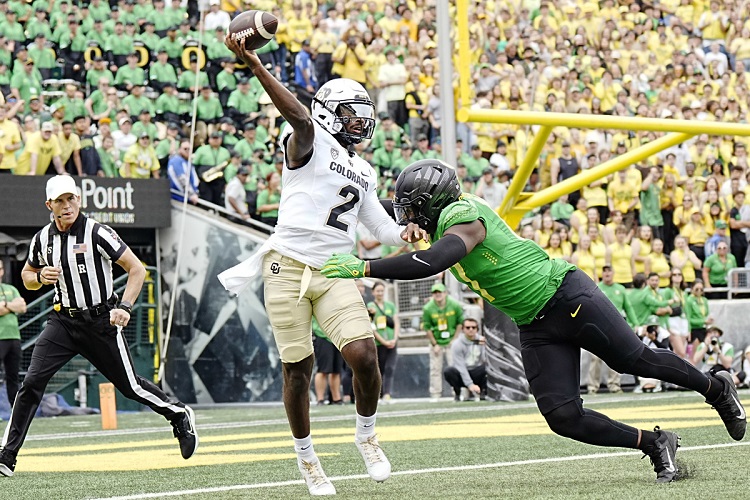Colorado vs Oregon

In the vast tapestry of the United States, each state weaves its own unique story, shaped by diverse landscapes, cultures, and lifestyles. Two states that stand out in the Pacific Northwest and Rocky Mountain regions are Colorado and Oregon. Despite being distinct in many aspects, both states share a commitment to natural beauty, outdoor activities, and a vibrant cultural scene. In this article, we will delve into the similarities and differences that define the essence of Colorado and Oregon.
Geography and Landscape:
One of the most striking differences between Colorado and Oregon lies in their geography and landscapes. Colorado, often referred to as the Centennial State, boasts the majestic Rocky Mountains that dominate its skyline. The state is a haven for outdoor enthusiasts, offering world-renowned ski resorts, hiking trails, and picturesque national parks such as Rocky Mountain National Park. The arid plains and red rock formations of places like Mesa Verde National Park add further diversity to Colorado’s natural beauty.
On the other hand, Oregon, aptly nicknamed the Beaver State, presents a more varied topography. From the rugged coastline along the Pacific Ocean to the lush forests of the Cascade Range, Oregon showcases a rich tapestry of landscapes. Crater Lake, a stunning caldera lake nestled in the Cascade Mountains, stands as a testament to the state’s geological wonders. Oregon is also famous for its Columbia River Gorge, a stunning river canyon surrounded by lush greenery.
Climate:
The climatic differences between Colorado and Oregon are significant and play a crucial role in shaping the lifestyle and activities in each state. Colorado experiences a continental climate, characterized by cold winters and warm summers. The higher elevations contribute to cooler temperatures, especially in the mountainous regions. Snowfall is common in the winter, creating a winter wonderland for skiers and snowboarders.
Oregon, with its diverse geography, exhibits a more varied climate. The western part of the state, influenced by the Pacific Ocean, enjoys a mild, oceanic climate with wet winters and dry summers. In contrast, the eastern part of Oregon experiences a semi-arid climate, leading to warmer summers and colder winters. This climate diversity allows residents of Oregon to enjoy a wide range of outdoor activities throughout the year.
Economy and Industry:
When it comes to the economy, Colorado and Oregon differ in their primary industries. Colorado has a thriving economy driven by sectors such as aerospace, technology, and energy. The state is a hub for outdoor recreation and tourism, contributing significantly to its economic prosperity. Denver, the capital of Colorado, serves as a major business and cultural center, attracting professionals from various industries.
Oregon, while also embracing technology and outdoor tourism, has a distinct focus on agriculture and forestry. The state is renowned for its wine production, particularly in the Willamette Valley, which has gained international recognition for its Pinot Noir. Additionally, the tech industry in cities like Portland contributes to Oregon’s economic growth. The state’s commitment to sustainability and eco-friendly practices is evident in its emphasis on organic farming and environmental conservation.
Cultural Vibes and Lifestyle:
The cultural vibes and lifestyle in Colorado and Oregon reflect the diversity of their landscapes and communities. Colorado, with its mountainous terrain and adventurous spirit, fosters a culture deeply rooted in outdoor activities. Skiing, hiking, mountain biking, and rock climbing are integral parts of the Colorado lifestyle. The state’s commitment to a healthy and active lifestyle is also evident in its numerous parks, recreational areas, and fitness events.
Oregon, with its more laid-back and eclectic atmosphere, embraces a lifestyle that combines urban sophistication with a love for nature. Portland, often considered one of the most environmentally conscious cities in the United States, is a hub for creativity, craft breweries, and farm-to-table dining. The state’s commitment to sustainability extends to its transportation infrastructure, with a focus on biking and public transit.
Conclusion:
In the tapestry of the United States, Colorado and Oregon emerge as vibrant threads, each contributing a unique hue to the nation’s diversity. While Colorado captivates with its towering mountains and adventurous spirit, Oregon enchants with its diverse landscapes and environmentally conscious ethos. Whether you seek the thrill of high-altitude adventures or the laid-back charm of Pacific Northwest living, both Colorado and Oregon offer a slice of American life worth exploring. The choice between the Centennial State and the Beaver State ultimately depends on individual preferences, but one thing is certain – both states beckon with a promise of unforgettable experiences and a rich tapestry of culture and nature.
